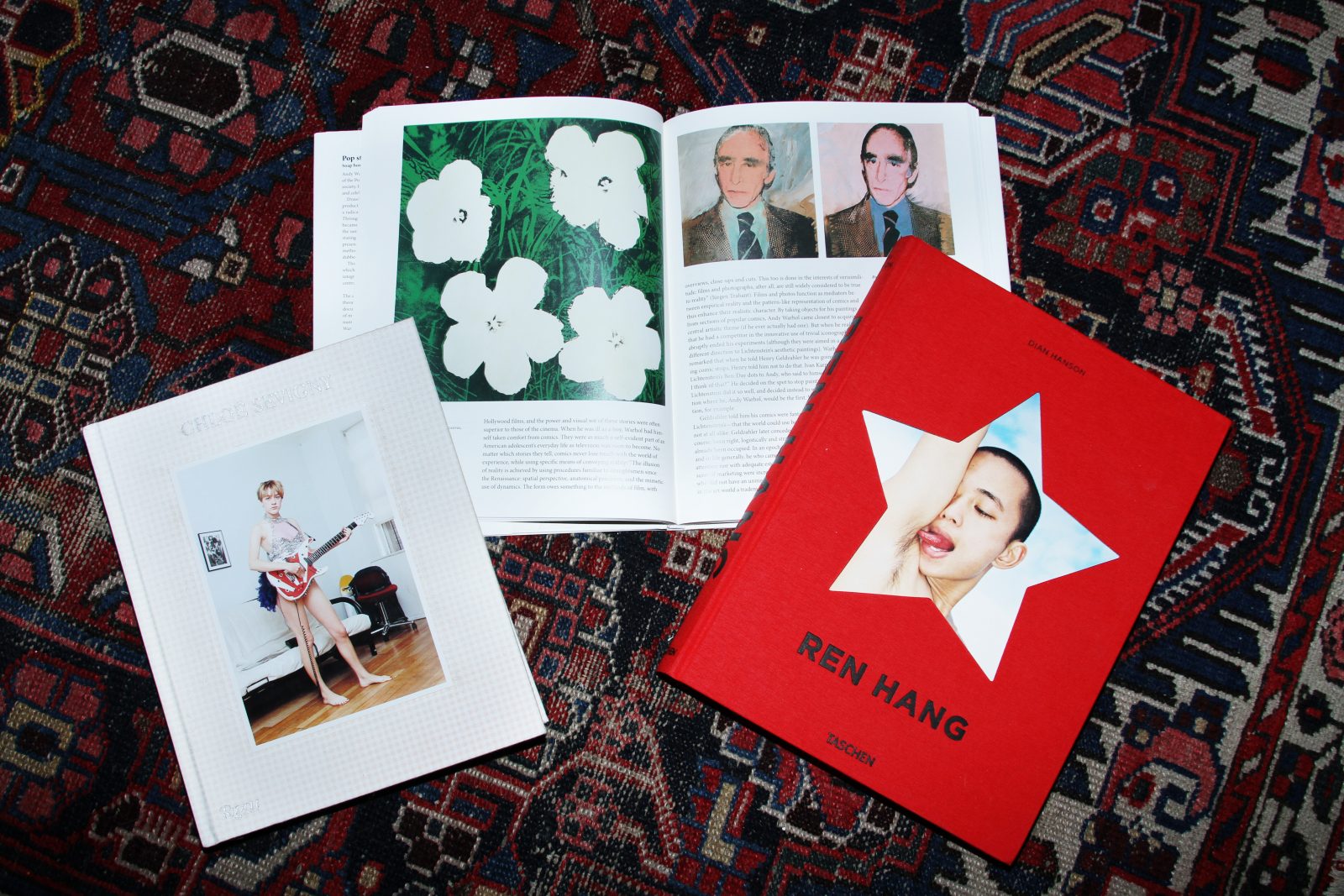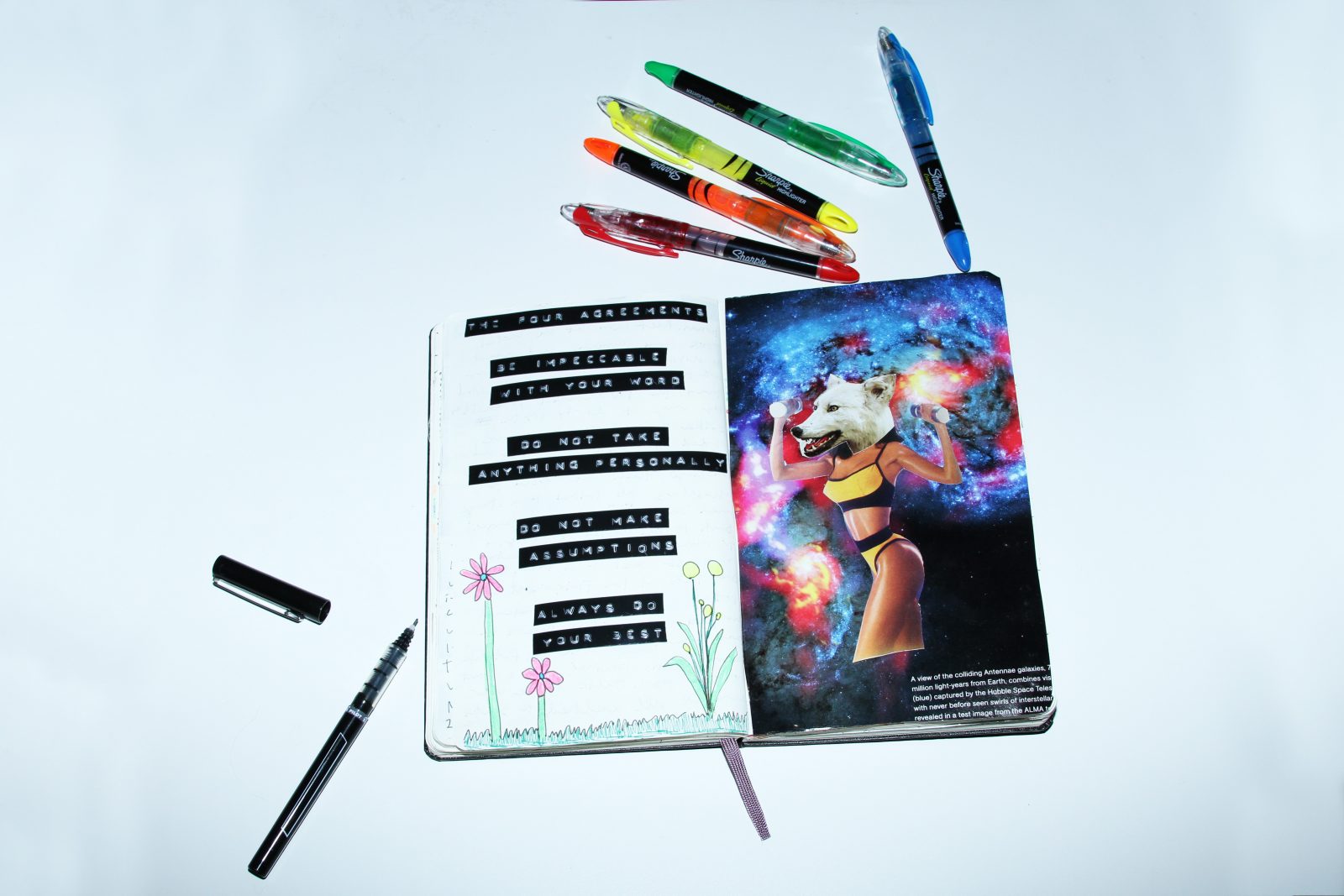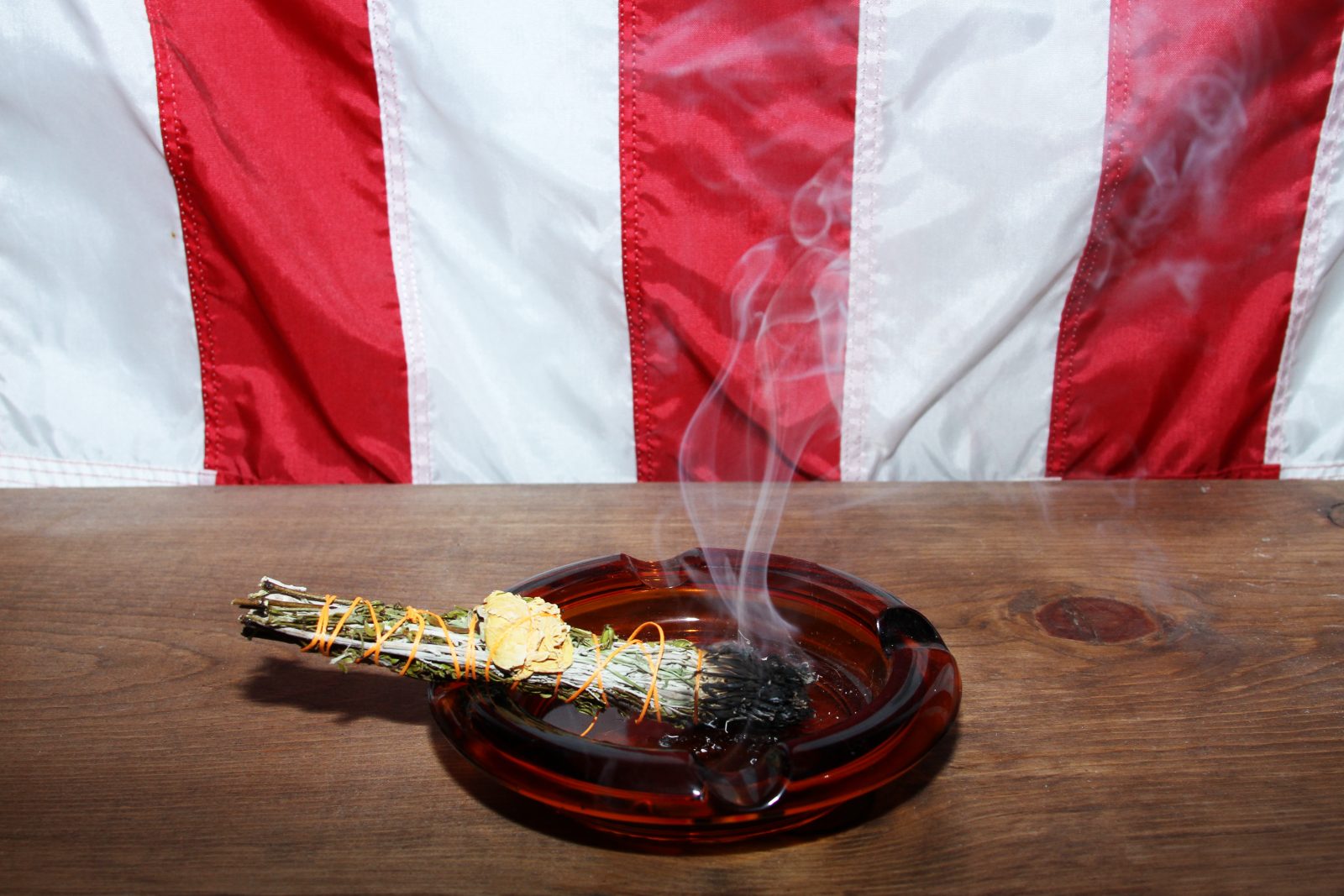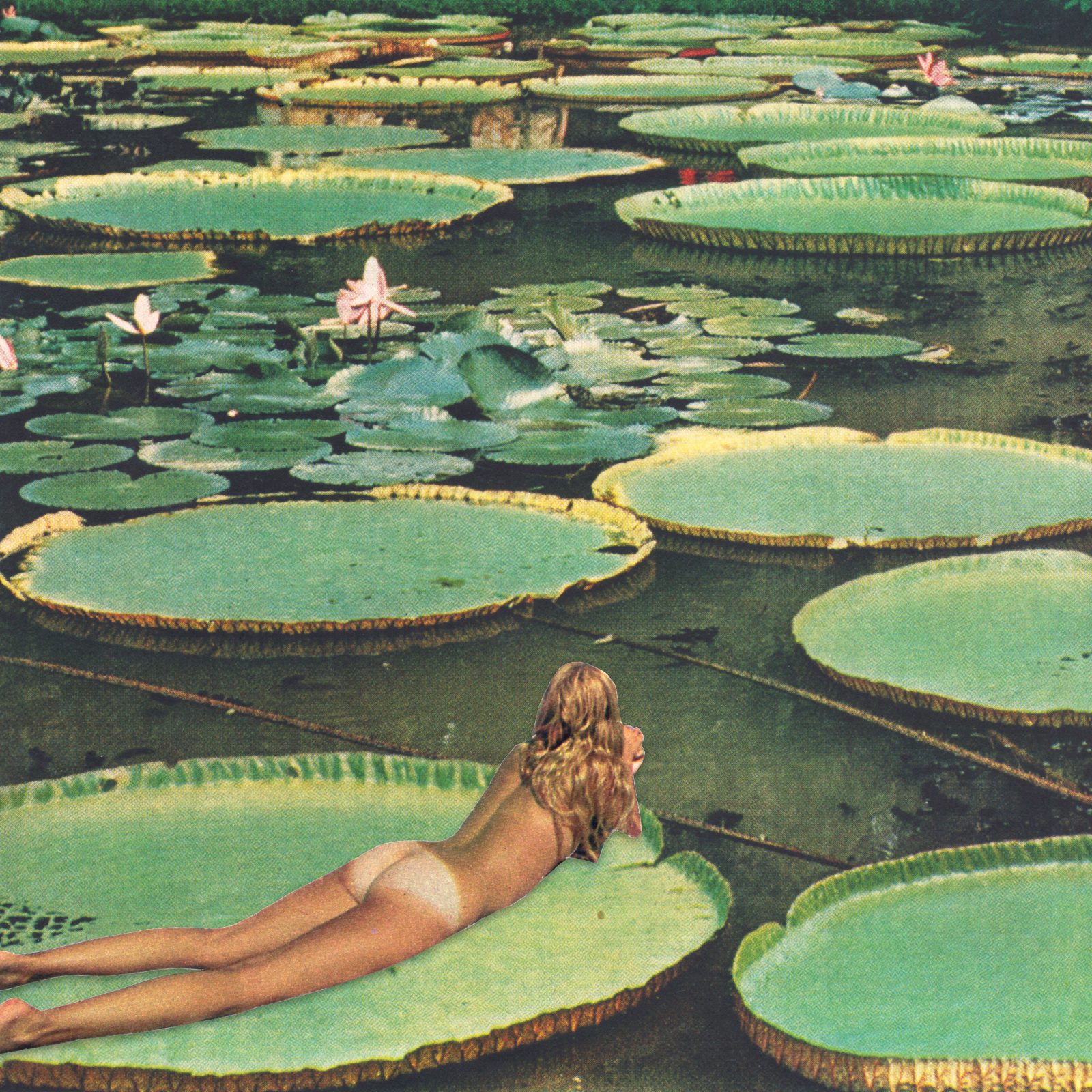Texas-based photographer Lindsey Lee shares how developing and implementing creative rituals can help unlock inspiration and freshen up your creative process.
Stuck in a creative rut? Looking for new ways to spark inspiration? Perhaps a new creative ritual is just what you need. Rituals can be designed as positive triggers for reaching flow also known as ‘being in the zone,’ a mindstate that is perfect for imagining fresh ideas. These habits could be 5 minutes a day, one hour per week, or whatever suits your personal needs. All that matters in your ritual creation is that the act of your ritual is something you truly want to work into your routine. There is likely nothing to gain from implementing a ritual if it is not something you actually enjoy.
What is a Ritual?
Rituals are mostly known for being religious or spiritual, but personal rituals are just as common. The process can range from seemingly trivial actions like chewing gum to much more highly complex affairs with several steps. Rituals may be performed by an individual or in a group setting.
Why Implement Rituals?
Rituals have always been an element of the artist toolbox: Matisse worked 7 days a week with a formulaic daily routine, Georgia O’Keefe awoke at dawn to watch the sunrise while sipping tea, Andy Warhol called a friend every morning at 9am. These artists understood that repetition yielded artistic success—and you too can establish rituals that bring joy and harmony to your artistic process.
Types of Rituals
Researching
Nearly any place can be used for research—a park, the mall, your backyard. Spending time in deep observation can be a very calming act. Local bookstores or the library are great places to absorb publications and become artistically energized. If the internet is more your taste, popular platforms such as Tumblr, Flickr or Pinterest can help draw inspiration for new work as well. By taking in elements of the outside world, brain waves shift and inspire new thought patterns.

Journaling
Many think that writing in a journal or diary is reserved for those that want to log their daily thoughts. However, journaling has become a huge resource for artists to jot down not only thoughts but also track behavior and define future plans. One such method is the bullet journal—a technique meant to extract everything from your mind; including to-do lists, schedules and goal planning in order to provide the mental space to complete tasks and manage your life. Another example is a dream journal, which asks you to write down your dreams to identify patterns, symbology and greater meaning. The final example is a gratitude journal meant for recording everything that makes you feel grateful.

Meditation
People meditate all over the world. If regularly practiced, it instills a state of peace and calm. The core components of meditation are the use of a defined technique, logic relaxation and a self-induced state. Examples include mindfulness, movement and mantra. Mindfulness is the act of focusing on specific details of your surroundings so you can be truly present. An example of movement meditation is yoga—an exercise that uses your body to find flow. And mantra meditation focuses on finding a phrase that soothes you and then repeating it over and over again to reach a tranquil state of mind. Any of these practices can be implemented into your life to inspire new thoughts and ideas, and if consistently applied can provide immense creative benefits.

Integrating Rituals into Your Routine
Just like you brush your teeth and stay hydrated, integrating your creative rituals into your routine should feel seamless and relaxed. Each person is different and will require a unique ritual that fits their specific needs. Ritual processes will also depend on whether your schedule is highly specific or more casual. Whichever you prefer, start by committing yourself to one ritual session per week. Once that feels natural, add another, and then if you so choose, you could begin completing rituals several times per week or daily. The most important thing is that your ritual not feel forced or like an obligation, instead, your experience should provide relief, inspiration and warmth.
Tell us about your creative rituals in the comments below 🙂

Comments